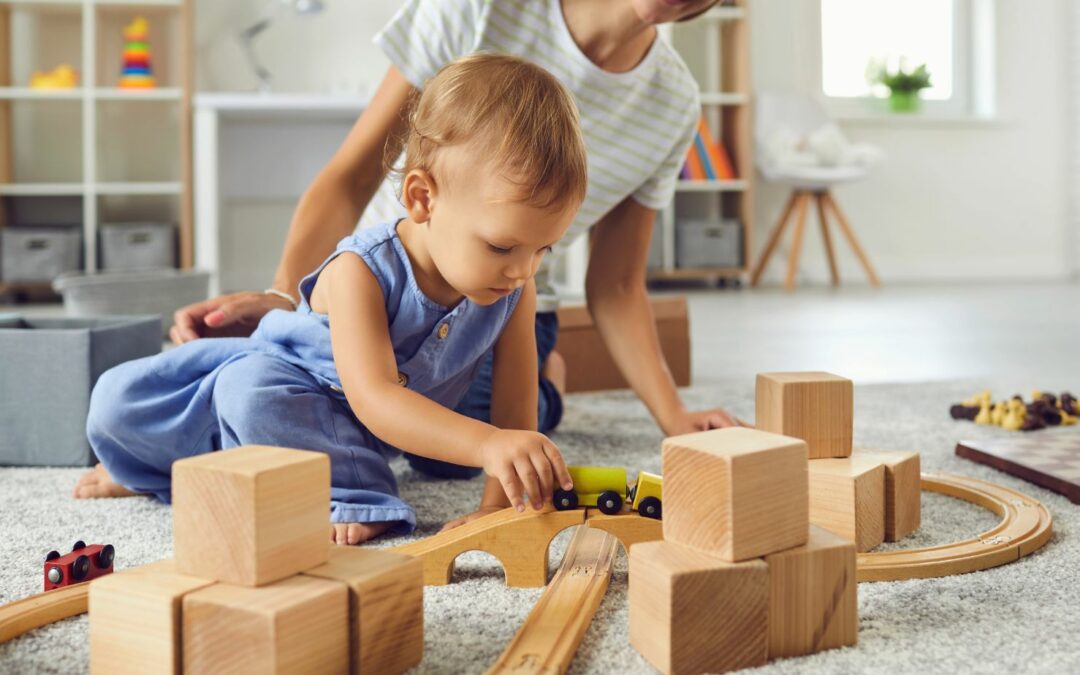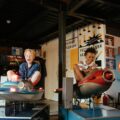Blocks for Toddlers
Blocks for toddlers are an essential tool for their development and learning. As a parent, I’ve witnessed firsthand how these simple toys can captivate and engage young children, sparking their imagination and creativity. Whether it’s stacking them up to build towers or knocking them down with glee, blocks provide endless opportunities for exploration and discovery.
One of the great benefits of blocks is that they help toddlers develop their fine motor skills. Manipulating the different shapes and sizes of the blocks requires careful hand-eye coordination and dexterity. As they grasp, stack, and move the blocks around, they also improve their spatial awareness and problem-solving abilities.
Moreover, playing with blocks encourages cognitive development in toddlers. They learn about cause and effect as they experiment with balance and stability when building structures. Additionally, sorting blocks by color or shape introduces basic concepts of categorization and classification.
Choosing the Right Blocks for Toddlers
Choosing the Appropriate Size
When it comes to selecting blocks for toddlers, one crucial factor to consider is the appropriate size. Young children have developing motor skills and coordination, so it’s important to choose blocks that are easy for them to grasp and manipulate. Opting for larger blocks can help prevent accidental choking hazards and make it easier for toddlers to stack and build with confidence.
Here are a few pointers when choosing block sizes:
- Chunky Blocks: Look for blocks that have chunky dimensions, allowing little hands to grip them easily.
- Jumbo Sets: Consider investing in jumbo-sized sets that feature oversized blocks specifically designed for younger children.
- Gradual Progression: Start with larger-sized blocks and gradually introduce smaller ones as your toddler grows more comfortable with building and stacking.
By selecting blocks of appropriate size, you’ll create a safe and enjoyable play experience that promotes your child’s motor skills development.
Considering the Material
The material of the blocks is another essential consideration when choosing toys for toddlers. Different materials offer unique benefits, such as durability, safety, or sensory stimulation. Here are some common options:
- Wooden Blocks: Wooden blocks are classic choices known for their durability, natural feel, and eco-friendliness.
- Plastic Blocks: Plastic blocks often come in vibrant colors, making them visually appealing to young children while also being lightweight and easy to clean.
- Foam Blocks: Foam blocks provide a soft texture that is safe for both indoor and outdoor play areas while offering cushioning during building activities.
Each material has its own advantages, so consider what aspects are most important to you when deciding on the right block material for your toddler.
Exploring Different Shapes
Introducing different shapes through block play can enhance your child’s cognitive development by encouraging spatial awareness and problem-solving skills. Here are a few shapes to look for when choosing blocks:
- Square and Rectangular Blocks: These classic shapes allow for easy stacking and building, promoting hand-eye coordination.
- Cylindrical Blocks: Cylindrical blocks can add variety to your toddler’s playtime, enabling them to explore rolling and balancing concepts.
- Architectural Shapes: Consider sets that include arches, triangles, or columns as they offer opportunities for more complex constructions.
By incorporating blocks with diverse shapes into your child’s playtime, you’ll provide them with engaging learning experiences while fueling their creativity.

Benefits of Playing with Blocks for Toddlers
Enhancing Fine Motor Skills
Playing with blocks can greatly enhance a toddler’s fine motor skills. As they grasp and manipulate the different shapes and sizes, their hand-eye coordination improves. The act of stacking blocks helps them develop control and precision in their movements. They learn to carefully place each block on top of another, focusing on the balance and stability required to create a tower.
Encouraging Creativity and Imagination
When it comes to fostering creativity and imagination, playing with blocks is an excellent tool. Toddlers have the freedom to explore endless possibilities as they build structures using their imagination. Whether it’s constructing a tall tower or creating a make-believe world with bridges and houses, the open-ended nature of block play allows them to think outside the box.
Promoting Cognitive Development
Block play stimulates cognitive development in multiple ways. As toddlers engage in building activities, they begin to understand basic concepts such as size, shape, color, and spatial awareness. Sorting blocks according to these characteristics helps them develop early math skills like classification and seriation.
Research has shown that block play contributes significantly to language development as well. While engaged in imaginative play scenarios involving construction sites or pretend play with miniature figurines, toddlers often engage in dialogue, expanding their vocabulary and communication skills.
An Occupational therapist, freelance content writer and more importantly a stay-at-home mom, Sara, like all other parents juggles her many roles. Her passion for writing combined with her professional expertise as an Occupational therapist (working with children with special needs) has helped her craft content specific to child health, wellness and learning skills. At present, Sara alternates her time between raising her two young children, and writing about what she knows best- children!





